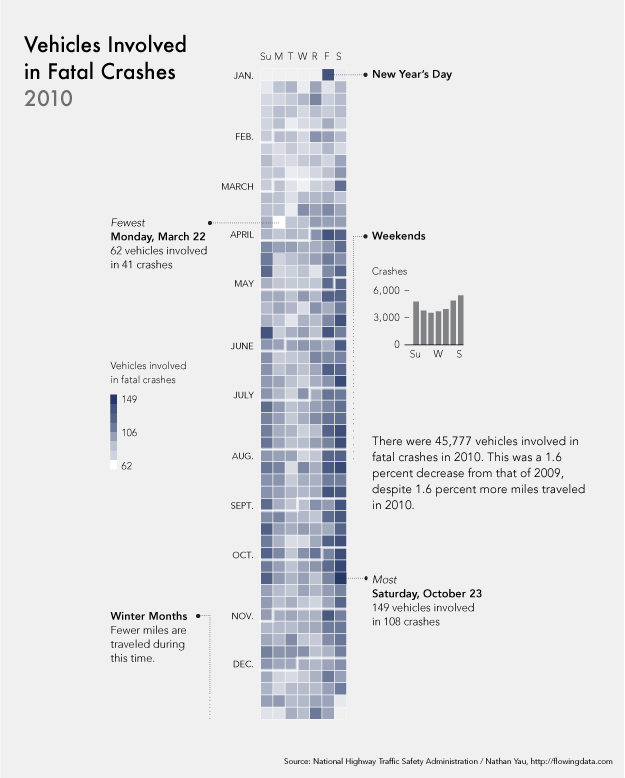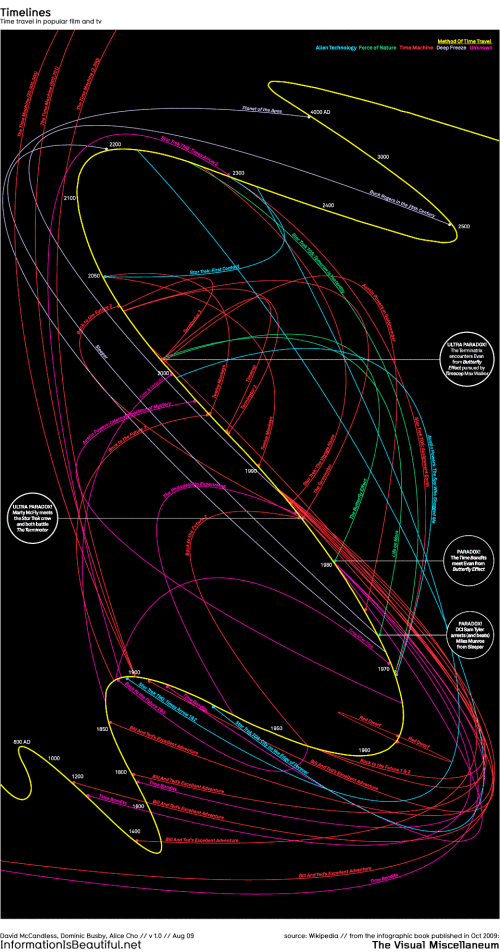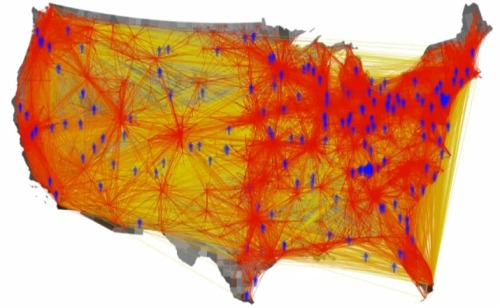
SimpliFlying has done some great research on how frequent travelers use social media. The Future of Loyalty is Social infographic summarizes some of the key findings from the research.
To dig deeper, we partnered with Cranfield University in the UK to conduct a study on how frequent travelers (who travel at least five times a year) use social media. And here are some highlights of what we found:
- There are more airlines on Twitter than there are airlines with frequent flyer programs (191 vs 179)
- Almost 90% of frequent flyers use Facebook regularly, and over 65% “Like” at least one airline on Facebook
- To frequent fliers cheapest fare is the least significant loyalty factor among customer service, earning loyalty points and onboard experience
- 72% of frequent fliers would join a social loyalty program
- Over 65% of frequent fliers would like to earn social loyalty points via check-ins or by contributing ideas to an airline’s Facebook page.
- Over 80% of frequent fliers would like to earn social loyalty points by recommending the airline to a friend or providing positive feedback.
In the infographic below, we have summarized the findings of the study, and will soon release a detailed presentation of these findings too. Special thanks to Gavin Tan and Prof. Keith Mason from Cranfield University for their tremendous help with this study.
The simple, isotype-style illustrations are immediately recognizable since they are so similar to the figures used in airports and airline signage. I think the Frequent Flier Participation Ladder is some fantastic data, and should have been more prominent in the design.
A handful of things I would have changed about the design:
- The initial visualization of social sites should have been in descending order. It’s almost there except for Twitter listed first.
- The Twitter factoid ‘Frequent fliers “following” their favorite airlines on Twitter are steadily increasing’ is not supported by the visual showing how many airlines are followed by frequent fliers. The statement claims a change over time.
- The benefit percentages are shown on an odd shape of 10 squares. Is that supposed to be an airline seat? Hard for the reader to visually grasp the percentage since it isn’t a simple square shape. A grid of 100 squares would have worked better.
- The doughnut percentages are sorted in descending order, so the colors are in a different order in each doughnut. Very hard to interpret. The orders should have stayed consistent from Very Strong to Not at all in each doughnut. Doughnuts are also hard to compare with each other visually.
Some great research data, and an infographic was a great way to publicize it. They were very thankful to the professors at Cranfield University for their help with the research, but I wish they had credited a designer. Was this done by someone inside SimpliFlying?
Found on MediaBistro









 Randy
Randy












